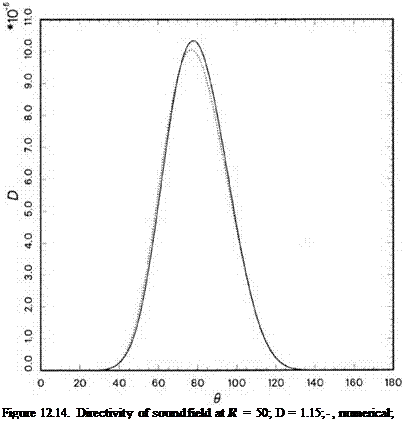Second Example: Acoustic Resonances Induced by Flow over an Automobile Door Cavity
This problem is to compute the resonance tones induced by a turbulent boundary layer flow outside a scaled model automobile door cavity. To properly model and compute the turbulent boundary layer flow and its interaction with the cavity is a task that will require extensive time and effort. Here, a laminar boundary layer is considered instead. It is believed that the cavity tone frequencies would most likely be about the same whether the flow is turbulent or laminar, but the tone intensities are expected to be different.
A boundary layer flow will definitely be laminar if Rs* < 600. Rs* is the Reynolds number based on the displacement thickness. This is the Reynolds number below

, asymptotic.
the stability limit of the Tollmien-Schlichting waves. In modern facilities with low free-stream turbulence and sound, a boundary layer may remain laminar if Rs* is larger than 600, but less than 3400. For a free-stream velocity of 50.9 m/s and 26.8 m/s (velocities prescribed by the benchmark problem), these correspond to a boundary layer thickness of 2.9 mm and 5.5 mm, respectively. In this example, consideration will be restricted to boundary layer thicknesses of 2 mm and 1 mm at flow velocities of 50.9m/s and 26.8m/s, respectively.











